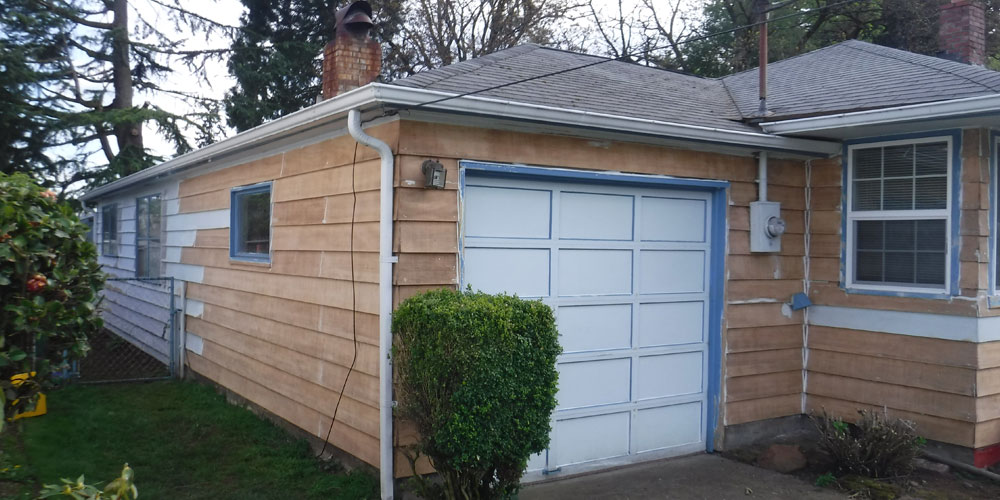We’re pretty big restoration and historic painting nerds here at SFW Painting. An old USFS article about different mechanisms of paint discoloration was circulating our office today and we thought you might like it.

2 MIN READ
Mildew – Okay, you probably already know this one. Mildew is a spore based fungi that grows on often damp parts of your home. Often mistaken for dirt or silt splash from rain, you can check a suspect mildew patch by applying a bleach solution to a swatch. If the stain is mildew, you’ll see the spores lose their color after a minute or two while dirt will remain dark. What the USFS article doesn’t mention is that many modern exterior paints are anti-microbial. If you’re a few years out from your last paint job, it might be time to think about repainting.
Ghost stains – Exterior paint stains are common on houses despite often being a pain to clean. While some may be from external sources like a rusted gutter screw, others can be indicative of water running outward from inside your walls. If you see stains on your house and can’t narrow down the source, it might be one of the following:
Blue Stain – A microscopic fungus often infects the sapwood of trees harvested for structural materials. Although the blue wood staining that the long deceased cells leave behind does not hinder the structural function of the wood, (some builders even use the blue stained wood for creative furniture building, the color will run if the wood’s water content is too high. Even if your house has Hardie composite planks, your trim or other wooden materials could be the source of blue stain!
Water Soluble Wood Extracts – Cedar is one of the most common siding materials for its ability to resist wood rot. This fungal resistance is due to the tannin and other extracts that the trees’ cells produce for disease resistance and contribute to the wood’s dark color. Similar to blue stain, the tannin will run if a leak or condensation exists. Key in on light to dark brown stains.
Iron Stain – It’s industry standard to use galvanized, stainless steel, or aluminum nails where water may come into contact. Most quality siding contractors will also caulk nail heads not only to create a smoother painting surface but to also seal water out. If common ferrous nails or low quality galvanized nails were used, rust may form over time if water comes into contact with them. We all know what rust looks like, light to dark orange or copper color should tip you off.
Siding stains are ugly, but it’s usually a good idea to get an idea of where your exterior paint stains are coming from before washing them off. Have a weird siding stain? Shoot us an email or post the photo on our Facebook wall, we’ll have one of our painting experts check it out!
Pressure washing your home prior to painting can clean up some of these stains.

